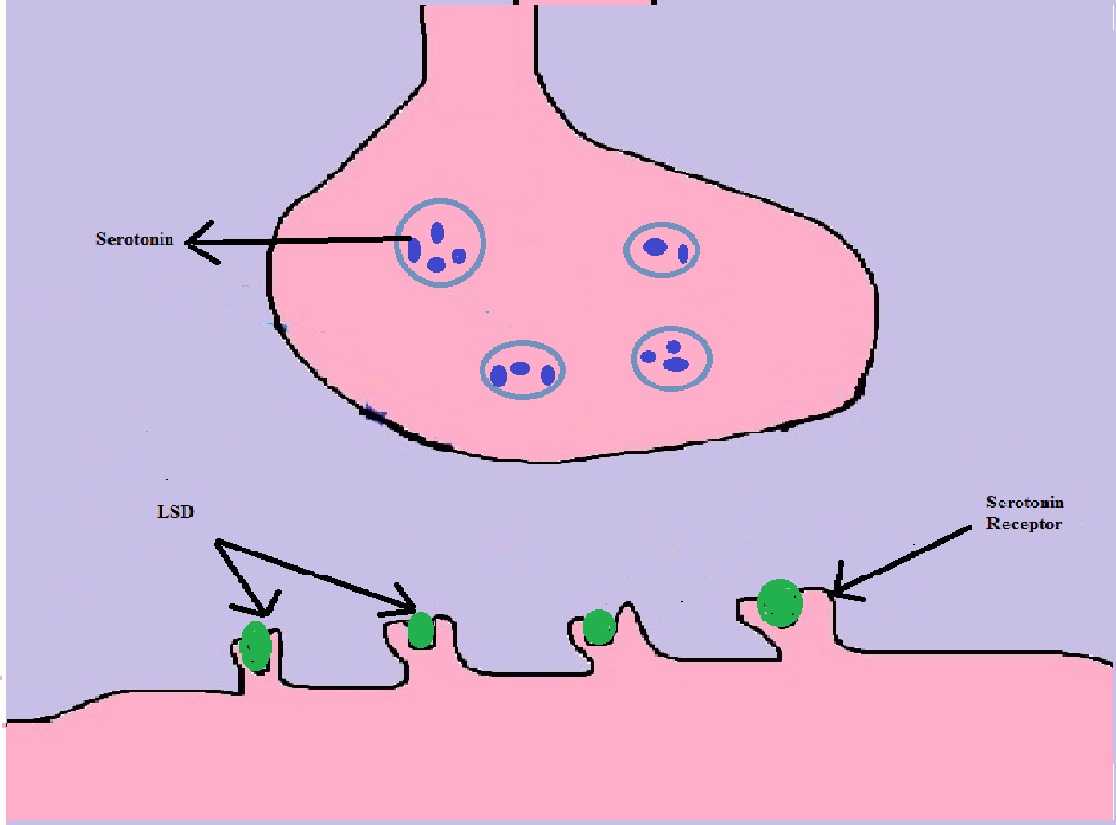Plantar fasciitis, a standard cause of heel pain, can significantly affect mobility and quality of life. This condition arises when the plantar fascia, a thick band of tissue connecting the heel bone to the toes, turns into inflamed or strained. While it might be debilitating, the great news is that foot doctors—podiatrists—are well-equipped to provide efficient options tailored to each patient’s needs. Right here’s an in-depth look at how foot docs treat plantar fasciitis.
Understanding Plantar Fasciitis
Before delving into treatments, it’s essential to understand the root causes. Plantar fasciitis is commonly the results of repetitive strain, which can be triggered by factors similar to:
– Overuse from activities like running or prolonged standing.
– Wearing unsupportive shoes, particularly on hard surfaces.
– Being overweight, which places additional stress on the feet.
– Tight calf muscle groups or Achilles tendons, limiting foot flexibility.
The hallmark symptom is a pointy, stabbing pain close to the heel, especially in the course of the first steps within the morning or after prolonged inactivity.
Initial Prognosis and Assessment
Whenever you visit a foot doctor for plantar fasciitis, step one is a thorough assessment. The podiatrist will:
1. Review your medical history: Understanding your lifestyle, activities, and any pre-existing conditions will help pinpoint contributing factors.
2. Conduct a physical examination: The physician will study your foot, applying pressure to determine the situation of pain and check for signs of inflammation or tenderness.
3. Evaluate biomechanics: Gait evaluation might reveal issues like overpronation or an uneven weight distribution.
4. Order imaging tests (if needed): X-rays or ultrasounds is perhaps used to rule out different conditions like fractures or heel spurs.
Non-Surgical Treatment Options
The majority of plantar fasciitis cases will be resolved with non-surgical methods. Foot doctors typically employ a multi-faceted approach to alleviate pain and address the underlying causes.
1. Relaxation and Activity Modification
Reducing activities that exacerbate the condition is crucial. Doctors might recommend avoiding high-impact exercises like running, changing them with low-impact options resembling swimming or cycling.
2. Stretching and Strengthening Exercises
Targeted exercises can ease stress within the plantar fascia and improve flexibility. Common recommendations embrace:
– Calf stretches: Leaning in opposition to a wall with one leg extended back helps loosen tight calf muscles.
– Towel curls: Utilizing your toes to grip and move a towel strengthens foot muscles.
– Plantar fascia stretches: Rolling a frozen water bottle under your foot provides aid and promotes healing.
3. Orthotics and Footwear Modifications
Customized orthotic inserts can provide arch help, distribute pressure evenly, and reduce strain on the plantar fascia. Foot doctors may additionally advise switching to supportive footwear with cushioned soles and adequate arch support.
4. Physical Therapy
A physical therapist can work with you on a personalized plan to strengthen the muscular tissues in your foot and lower leg, improving general foot mechanics. Manual therapy may be used to reduce rigidity within the fascia.
5. Anti-inflammatory Treatments
To manage pain and inflammation, podiatrists usually recommend:
– Over-the-counter NSAIDs: Drugs like ibuprofen can provide temporary relief.
– Icing the affected space: Making use of ice for 15-20 minutes several occasions a day reduces swelling.
6. Night Splints
Wearing a night splint keeps the plantar fascia in a stretched position while you sleep, promoting healing and reducing morning pain.
7. Corticosteroid Injections
In cases of extreme pain, foot medical doctors would possibly administer corticosteroid injections directly into the affected area. This provides speedy reduction, though it’s generally reserved for brief-term use on account of potential side effects.
Advanced Interventions
If conservative treatments fail to carry relief, foot docs could explore advanced options.
1. Extracorporeal Shock Wave Therapy (ESWT)
This non-invasive treatment uses sound waves to stimulate healing in the plantar fascia. It’s particularly helpful for chronic cases.
2. Platelet-Rich Plasma (PRP) Therapy
PRP involves injecting concentrated platelets out of your blood into the damaged tissue. This promotes natural healing and reduces inflammation.
3. Surgical procedure
Surgical intervention is uncommon but could also be obligatory for persistent cases that don’t reply to different treatments. The procedure typically entails releasing part of the plantar fascia to reduce tension.
Prevention and Long-Term Care
Stopping recurrence is as vital as treating the condition. Podiatrists often emphasize:
– Sustaining a healthy weight to reduce stress on the feet.
– Choosing supportive footwear for each each day wear and exercise.
– Persevering with common stretching and strengthening exercises.
– Utilizing orthotic inserts to prevent overstrain.
Conclusion
Plantar fasciitis could also be painful, however it is highly treatable with the suitable care. Foot medical doctors provide a complete range of solutions, from easy lifestyle modifications to advanced therapies, making certain a path to recovery that suits every individual’s needs. In case you’re struggling with heel pain, consulting a podiatrist is step one toward regaining mobility and comfort. With their experience and your commitment to the treatment plan, relief from plantar fasciitis is within reach.
If you liked this short article and you would certainly like to get even more details relating to Plantar fasciitis treatment Kirkland kindly visit our own web page.























